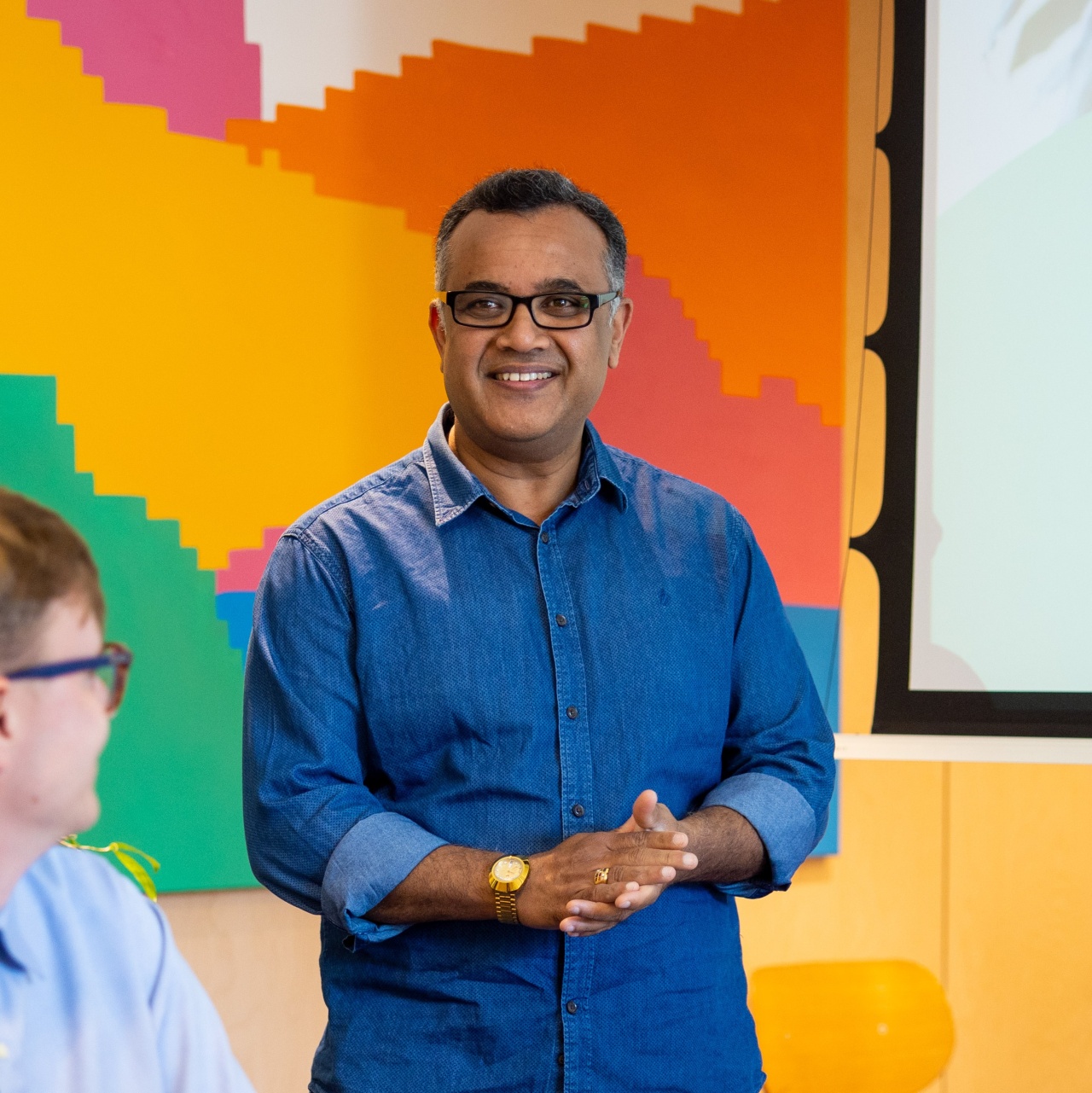Many organisations are having to embrace the dynamic digital transformation to support their workforce regardless of where and how work gets done. It's a very subjective topic when employers are asked questions like: "Are your employees really thriving with these new flexible working arrangements?", "Are they preserving their culture, supporting their cohort of talents and continually revising their approach to this new normal?"
How to make hybrid working work?
To many who have been involved in this transformation, the real challenge of the hybrid model is how to manage processes to support workers who may now be working in person/on-site or remotely on any given day. While it’s great that many people are showing their faces more frequently again, it’s crucial that businesses don’t forget about those who can’t do this as regularly – those who have a very long commute, for example, and so it isn’t as feasible for them. These people still need to be supported in their work and working environment.
It's good to sweat the small stuff
The hybrid working model – a blend of in-person work and remote working at home - has been the predominant trend for most businesses since the end of pandemic. All hail the flexibility, variety, improved work-life balance and the decrease in rigidity for everyone’s routine, whilst still spending at least some time back in the office. However, senior leaders have a responsibility to properly address the future of their workplace vision; failing to do this could negatively impact productivity, employee engagement and well-being, and, at extreme levels, fuel increased turnover.
A recent study by McKinsey has shown that 68% of organisations (across various industries and geographies) do not yet have a clearly articulated vision or plan in place for hybrid work. The report also states that the specifics are essential to address, because employees feel anxious without them – which in turn will lead to a decrease in workforce productivity and job satisfaction, and an increase in burnout.
ServiceNow’s Workplace Service Delivery product provides a suite of applications that will deliver every phase of your distributed workplace strategy, supporting your new hybrid workforce with a unified digital workplace experience. The capabilities within WSD will help your business avoid the challenges outlined above, setting you up for success not just post-pandemic but way, way into the future as well.







